Indigenous Governance Database
Oglala Sioux Tribe
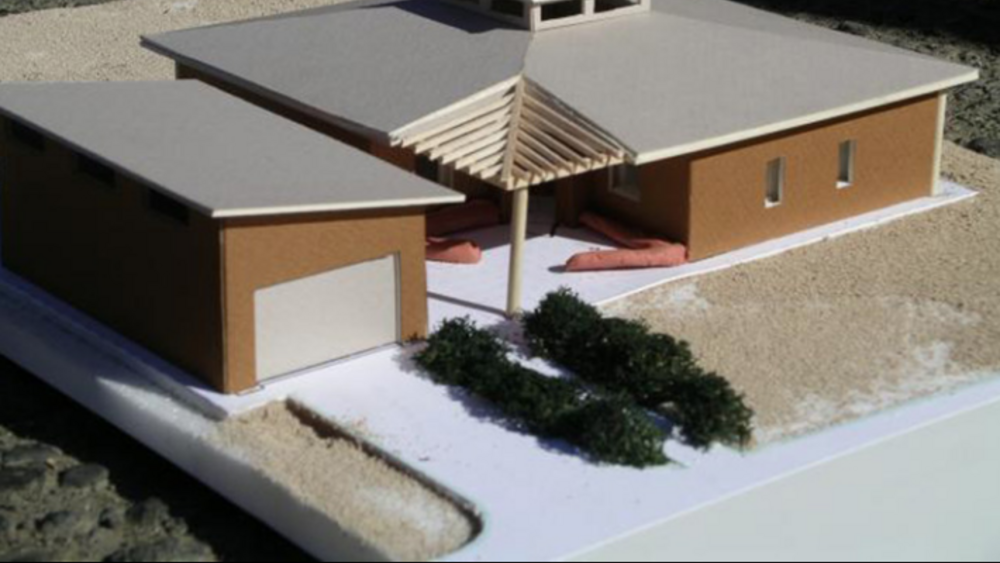
Building better homes in Indian Country
There's no other house like it on the Oglala Sioux's 2 million-acre Pine Ridge Reservation: Its walls are insulated by 18-inch strawbales rather than plastic sheeting, and its radiant-floor heating is much cheaper than the typical propane or electric. A frost-protected shallow foundation inhibits…
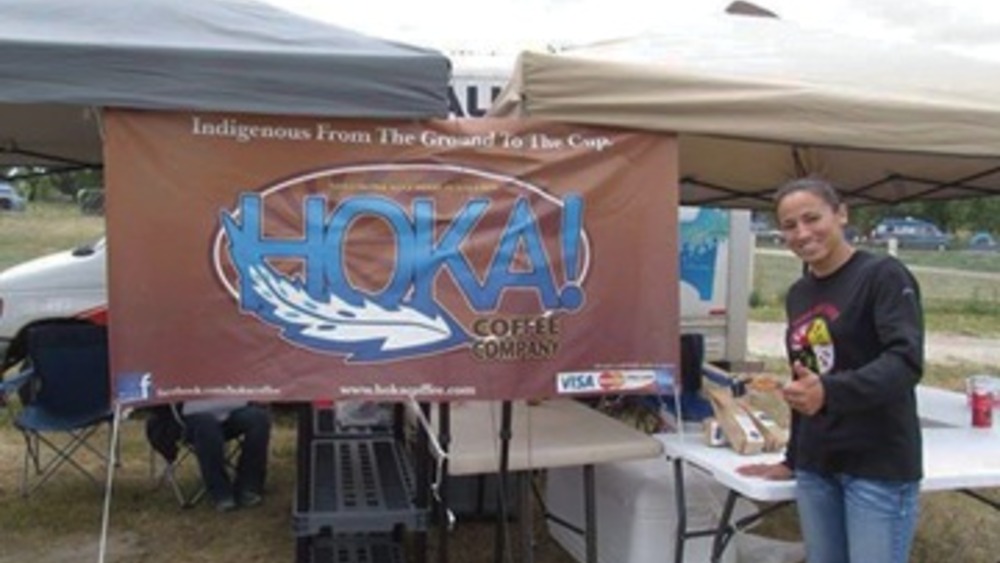
Hoka! Coffee gets off the ground in Pine Ridge
Some people are lucky enough to find a job that stimulates their passions, Sharice Davids just happens to be one of those people. Sharice’s recently created a coffee company on the Pine Ridge Indian Reservation. Taking inspiration from the Lakota language she decided to name her company Hoka!…
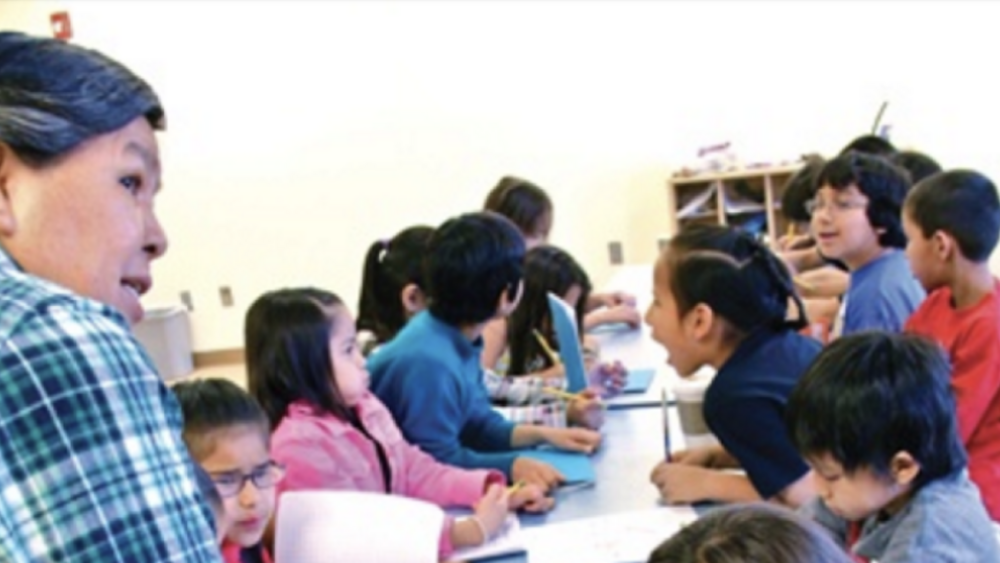
Addressing the crisis in the Lakota language
With only 2 to 5 percent of children currently speaking Lakota, Thomas Short Bull, president of the Oglala Lakota College, said the time has come to raise the alarm. As the day begins at the Lakota Language Immersion School, a young boy passes an abalone bowl of sage to each child sitting on the…
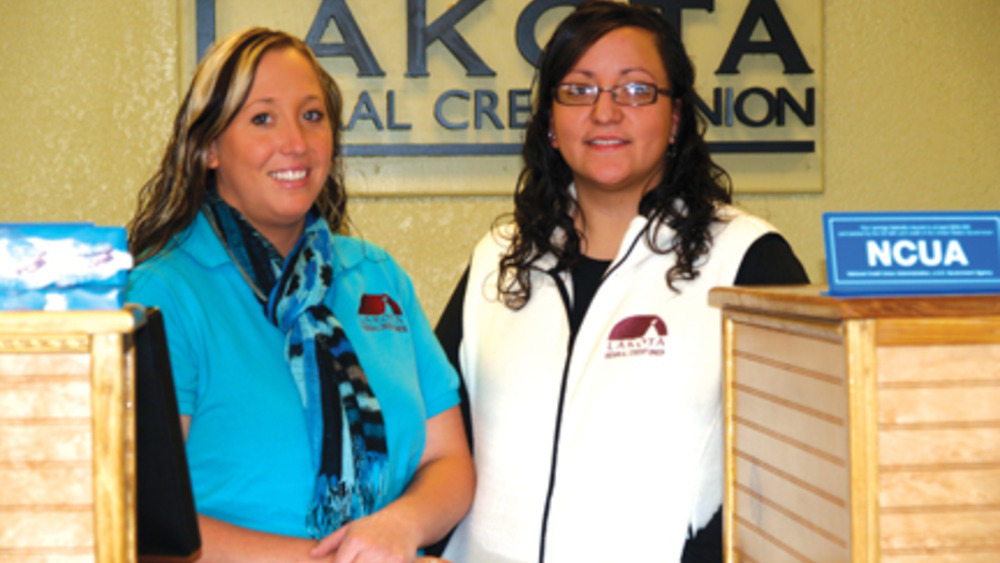
Credit union opens new doors at Pine Ridge
In only nine weeks since it opened, the Lakota Federal Credit Union has attracted 317 members, and $1.2 million in deposits. “We have already approved $100,000 in loans, and that has been by word of mouth. It’s been huge,” Tawney Brunsch, executive director for the Lakota Funds, announced. Brunsch…
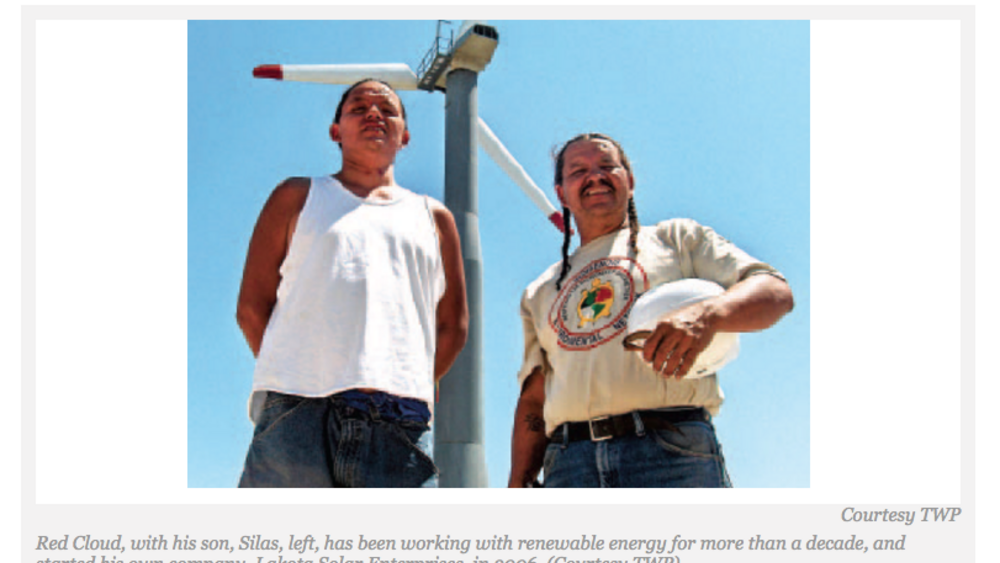
Henry Red Cloud Leads the Renewable-Energy Charge at Pine Ridge
There is a revolution under way to bring renewable resources to Native American people. Led by modern-day warrior Henry Red Cloud, a direct fifth generation descendent of Red Cloud, the famous Lakota war chief, and Trees, Water & People (TWP), inroads are being made one home and one business at…
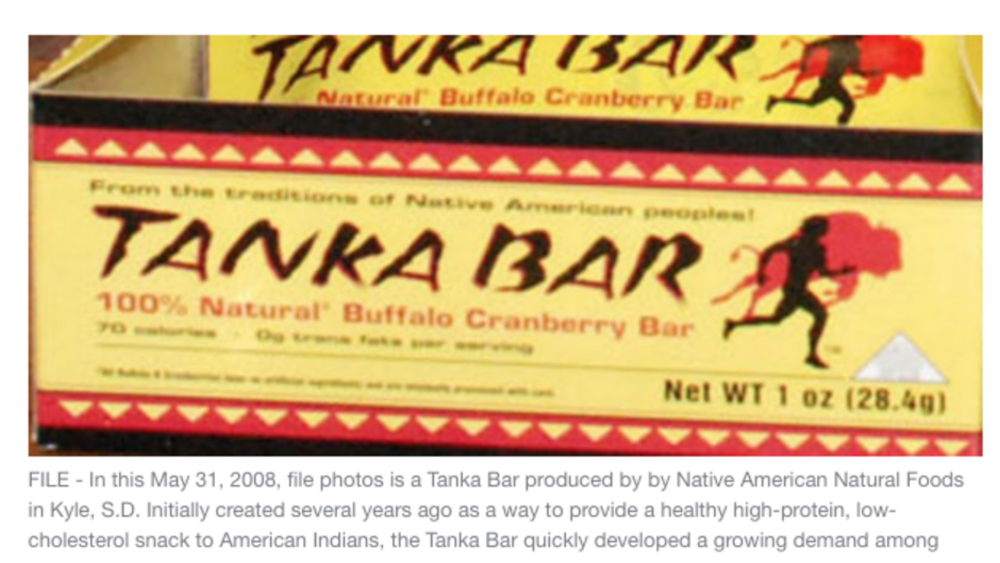
South Dakota maker of bison snack bar expects big growth with Whole Foods partnership
A South Dakota company created to provide a healthy snack for American Indians expects its sales to grow by a third this year after seeing its product picked up by national grocery chain Whole Foods Markets. The development also could lead to more hiring at Native American Natural Foods in Kyle,…
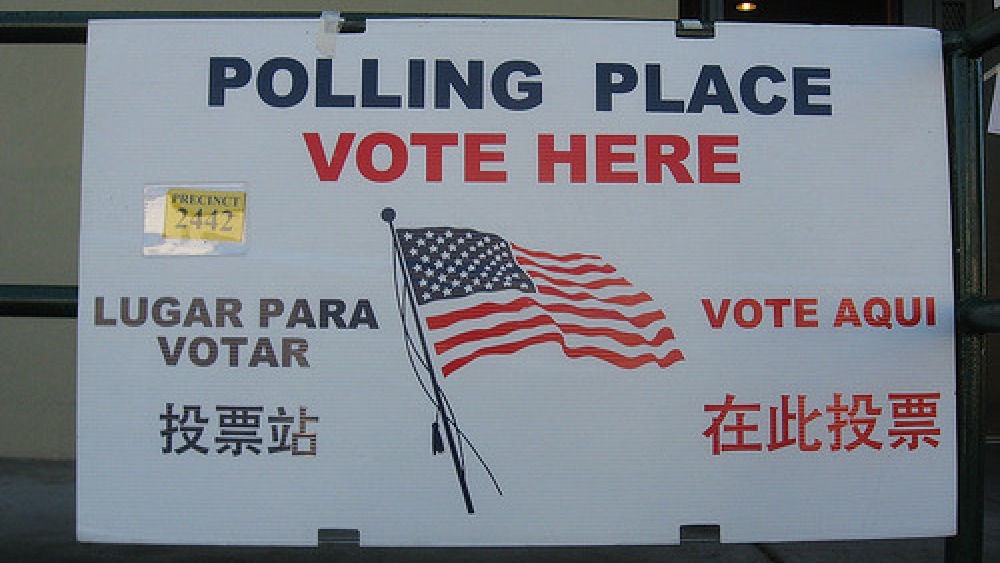
South Dakota Indians Sue for Early Voting
Native Americans have never had an easy time getting to vote in South Dakota. In 1977, the state attorney general dismissed the Voting Rights Act as an “absurdity” and advised state officials to ignore the federal law. The state didn’t allow Native Americans into polling places until the 1940s,…
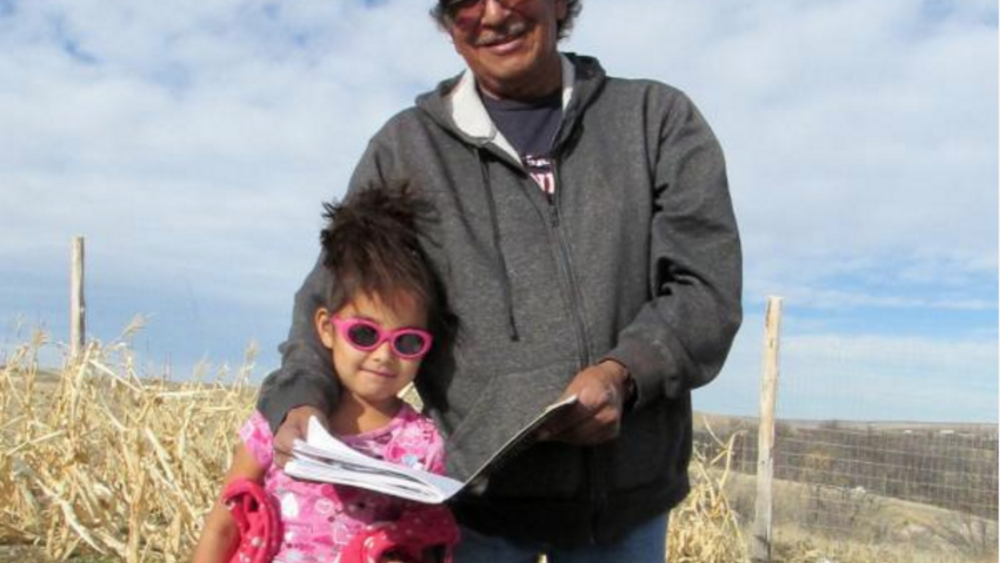
Gardens Flourish on Pine Ridge
John Yellow Hawk’s garden is one of many new feeders of Pine Ridge Indian Reservation’s developing economy. This past year, Yellow Hawk and 20 other Oglala gardeners each received a $1,000 loan and a $2,000 grant from Citigroup via Lakota Funds, a 26-year-old Native community development financial…
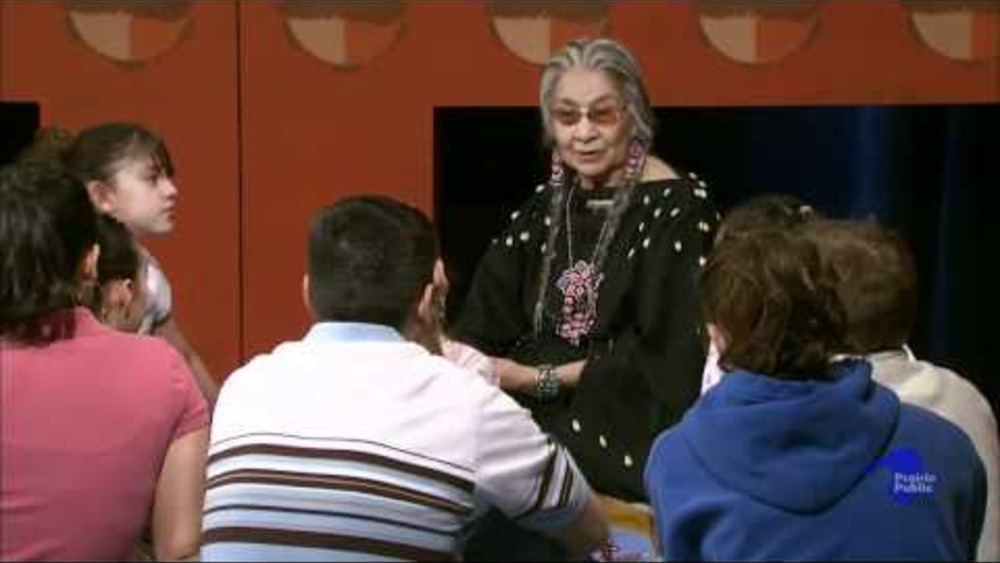
Indian Pride: Episode 113: Indian Gaming
Indian Pride, an American Indian cultural magazine television series, spotlights the diverse cultures of American Indian people throughout the country. This episode of Indian Pride features Philip Hogen, former Chairman of the National Indian Gaming Commission, and focuses on the topic of Indian…
Pagination
- First page
- …
- 1
- 2
- …
